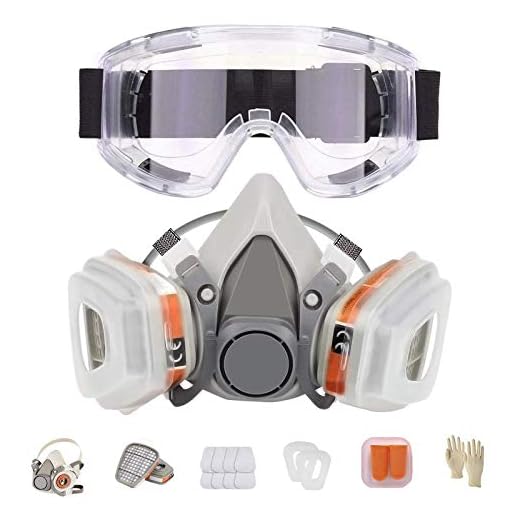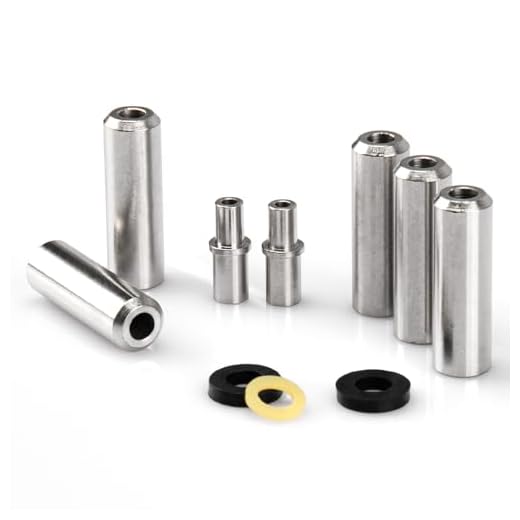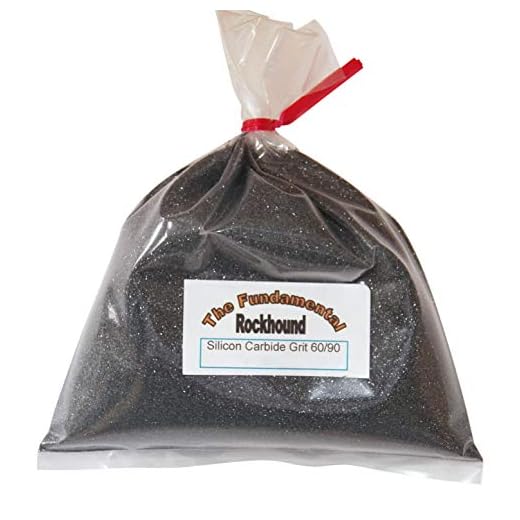



Yes, high-pressure cleaners equipped with abrasive attachments can deliver impressive results in surface preparation, especially for tough grime and coatings. I’ve spent over a decade in the industry, examining various models and brands, and can attest to their effectiveness in removing paint, rust, and embedded dirt, provided the right material and technique are employed.
The performance of these devices largely hinges on the type of abrasive material and the design of the attachment. Use a suitable nozzle for your cleaning task; for instance, silicon carbide is excellent for heavy-duty stripping, whereas softer materials like glass beads may be more appropriate for delicate surfaces.
It’s crucial to follow manufacturer guidelines on pressure settings and distance from the surface being treated to avoid damage. A well-calibrated device, combined with proper technique, maximises efficiency whilst safeguarding the integrity of the material beneath. Based on my extensive experience, these units prove to be a practical solution for those tackling challenging cleaning jobs, affirming their place in the toolkit of serious DIY enthusiasts and professionals alike.
Do Pressure Washer Sand Blasters Work
Yes, they function effectively, but results vary based on specific conditions and setup. For optimal performance, ensure the attachment is compatible with your machinery. The nozzle selected must be appropriate for the material being tackled, as well as the grit size used.
From my experience, here are essential factors to consider:
- Equipment Compatibility: Verify that the attachment fits your device. Not all models are designed to work seamlessly together.
- Media Selection: Choose the right abrasive material. Coarse grit works well for tough stains, while fine grit is suitable for delicate surfaces.
- Water Flow Rate: Higher rates can enhance the efficiency of the blasting process, allowing for better cleaning results.
- Pressure Settings: Adjust your device to the appropriate pressure. Too low will underperform while excessive pressure can damage surfaces.
- Technique: Employ consistent movements. Overlapping passes can ensure thorough cleaning without damaging the substrate.
Lastly, consider your cleaning environment. Windy conditions can scatter abrasive materials, diminishing effectiveness. A sheltered area often yields superior outcomes.
Understanding the Basic Functionality of Sand Abrasion Tools
These tools employ a simple yet effective mechanism to achieve surface cleaning and restoration. They combine a stream of water with an abrasive material, allowing the user to remove contaminants or coatings from various surfaces. The interaction between the liquid and the abrasive creates a powerful jet that can effectively strip away old paint, rust, or grime.
Central to their operation is the ability to adjust both the flow rate of the water and the amount of abrasive used. This adjustability provides versatility for different applications, whether one is tackling minor touch-ups or larger renovation projects. The correct balance between fluid and abrasive ensures that the surface is not damaged during the cleaning process.
I have found that specific types of abrasives, such as baking soda or glass beads, can enhance the outcome for certain tasks. The choice of material impacts the level of abrasiveness and can help achieve a more controlled finish. Understanding which abrasive works best for your project can significantly influence the final results.
In practice, the setup and operation are straightforward. Users typically need to connect the tool to a water supply and load their chosen abrasive into the designated compartment. Proper technique, such as maintaining the appropriate distance and angle, is crucial for optimal performance. This method not only improves cleaning efficiency but also ensures safety during operation.
Lastly, maintenance of the unit is important for longevity. Regularly checking for clogs and ensuring the components are clean will keep the equipment running smoothly. Investing time in upkeep can lead to better performance and a longer lifespan for your sand abrasion tool.
Comparing Abrasive Cleaning Techniques with Traditional Methods
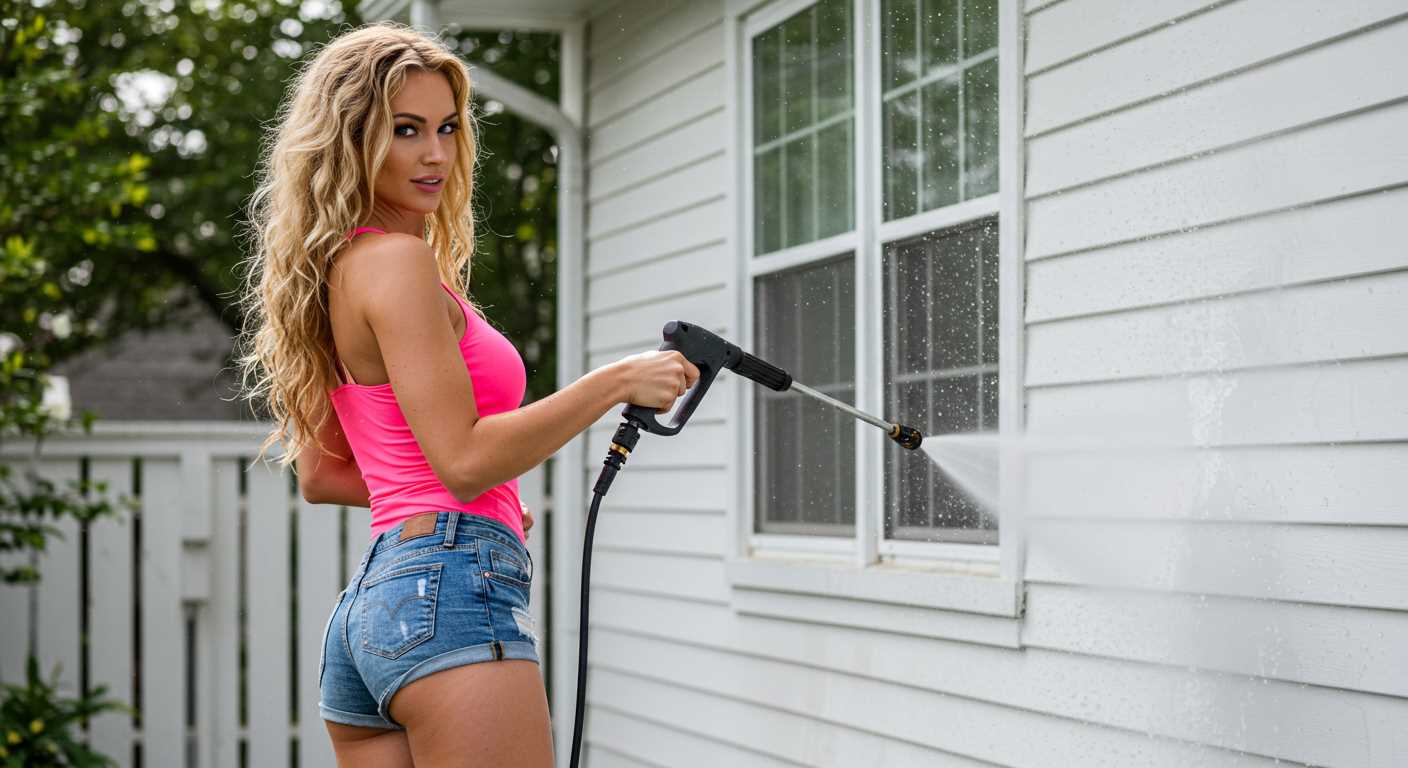
After years in the cleaning equipment industry, I’ve found that abrasive cleaning techniques often outperform traditional methods like scrubbing and chemical application in various scenarios. The direct comparison highlights not only time efficiency but also effective removal of stubborn materials.
Here’s a breakdown of traditional cleaning methods versus abrasive techniques:
| Method | Time Efficiency | Surface Damage Risk | Material Removal Effectiveness | Environmental Impact |
|---|---|---|---|---|
| Scrubbing | Low | Medium | Low to Medium | High (detergents) |
| Chemical Cleaning | Medium | High | Medium to High | Very High |
| Abrasive Techniques | High | Low | Very High | Medium |
Abrasive techniques excel in environments where speed and effectiveness are crucial. For instance, painted surfaces require careful consideration but can withstand moderate abrasive action without significant damage. In contrast, harsh chemicals might severely compromise such surfaces and can lead to long-term degradation.
Ultimately, the choice between these methods should factor in the type of surface, the extent of grime or residue, and the desired speed of cleaning. For heavy-duty tasks, I advocate exploring abrasive methods, as they tend to yield superior results in less time. While traditional techniques have their place, they may fall short in delivering the desired clean. A thorough assessment of your specific needs will guide you towards the most appropriate cleaning technique.
Determining Compatibility with Different Pressure Washer Models
Compatibility with various cleaning units is crucial for optimal performance when using abrasive systems. I recommend checking the manufacturer’s specifications of your cleaning apparatus prior to purchasing an abrasive attachment. Most units have specific PSI and GPM requirements, which need to match the accessory’s capabilities for effective operation.
Key Factors to Consider
First, assess the power ratings of your device. Many abrasive accessories require a minimum of 2000 PSI to operate effectively. If your unit falls short, it may not generate sufficient force to dislodge contaminants. Additionally, the flow rate is significant; a higher GPM typically enhances the efficiency of any abrasive application.
Attachment Specifications
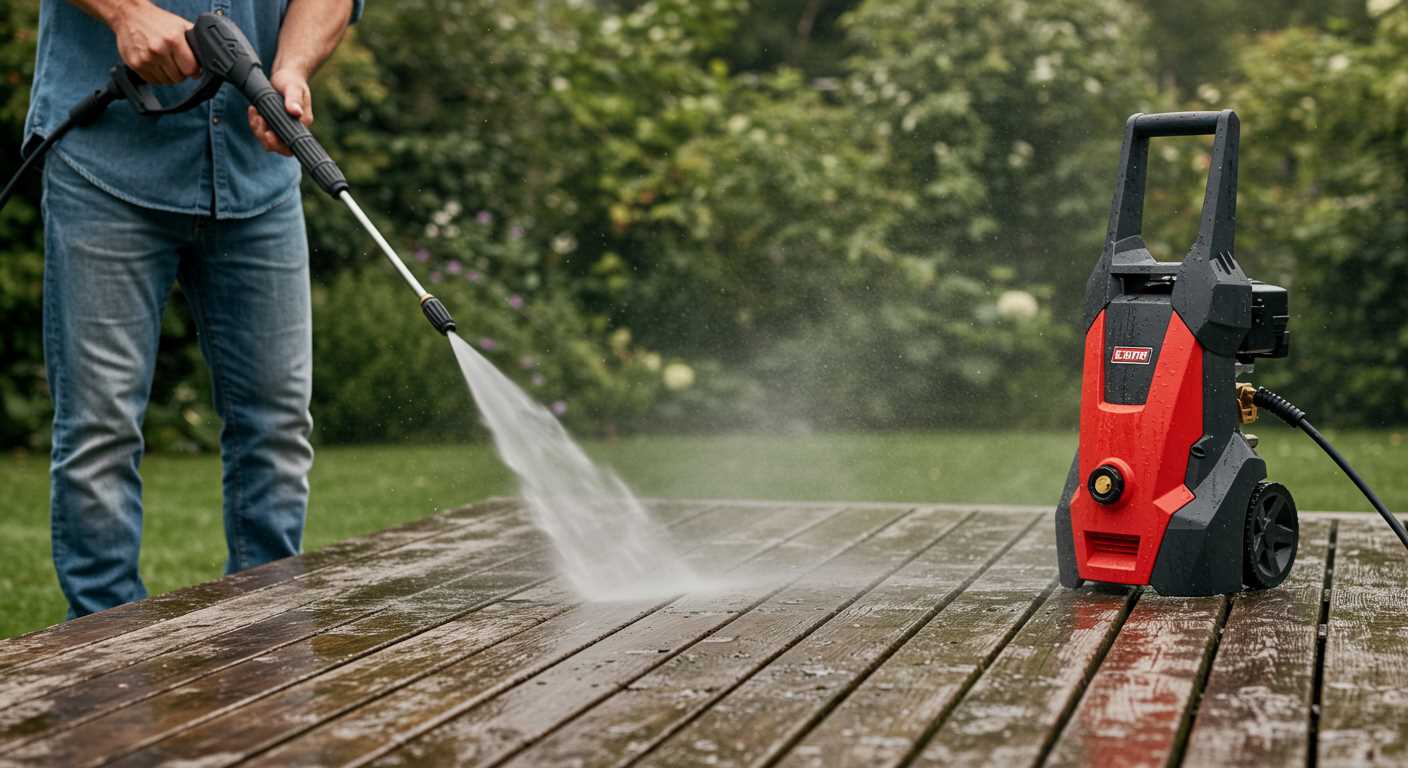
Another vital aspect is the design compatibility of the attachment nozzle with your machine’s wand. There are various connections and sizes. Ensure that the threads and fitting type match to prevent leaks and ensure a secure attachment. Always refer to the user manual of both your cleaning device and the abrasive apparatus to ensure you have the correct measurements and specifications.
Assessing Safety Measures and Precautions During Use
Before using any abrasive cleaning attachment, personal protection equipment (PPE) is a must. I always recommend wearing safety goggles to shield your eyes from flying debris and a dust mask to prevent inhalation of harmful particles. Protective gloves and sturdy footwear should also be worn to guard against any potential injuries.
Preparation and Setup
Ensure the area is clear of bystanders and valuable items. Secure any loose clothing or long hair. Establish a safe operating distance, and following the manufacturer’s instructions for both the cleaning unit and the attachment is non-negotiable. This will help prevent accidents caused by improper usage.
Proper Ventilation
Always work in well-ventilated spaces, especially if you’re indoors or near enclosed areas; this helps to avoid the build-up of harmful dust. It’s wise to do a test run and observe how the material behaves before fully engaging in the task. If the surroundings become excessively dusty, consider taking breaks to maintain visibility and reduce inhalation risks.
Identifying Suitable Surfaces and Materials for Abrasive Cleaning
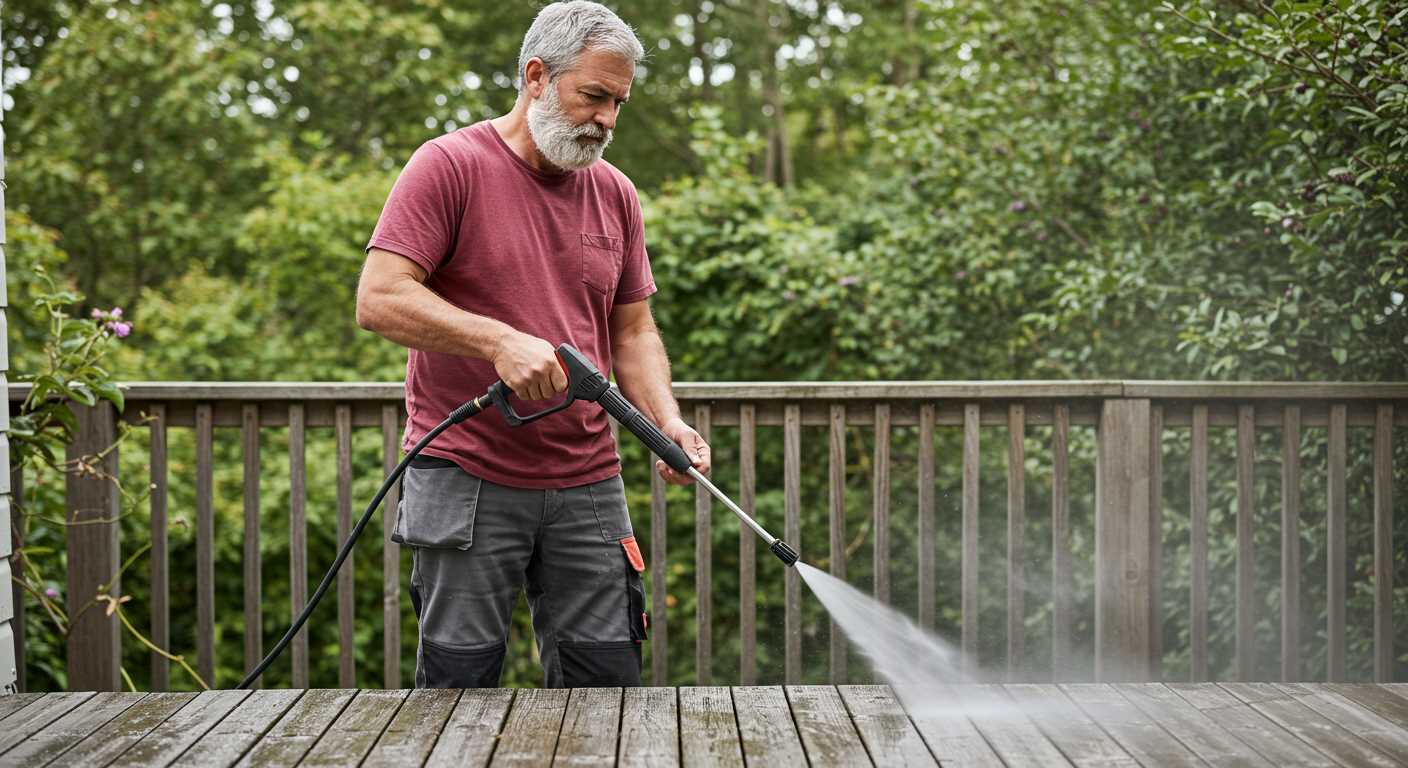
Before employing an abrasive cleaning tool, it’s critical to evaluate the surfaces you intend to treat. Not all materials withstand the rigours of abrasive processes. For instance, concrete and brick are robust options that effectively endure this type of treatment, making them ideal for removing grime, paint, or rust. However, softer substrates like wood and certain plastics can sustain damage. Use caution with these materials; if completed improperly, one might end up causing more harm than good.
Commonly Approved Materials
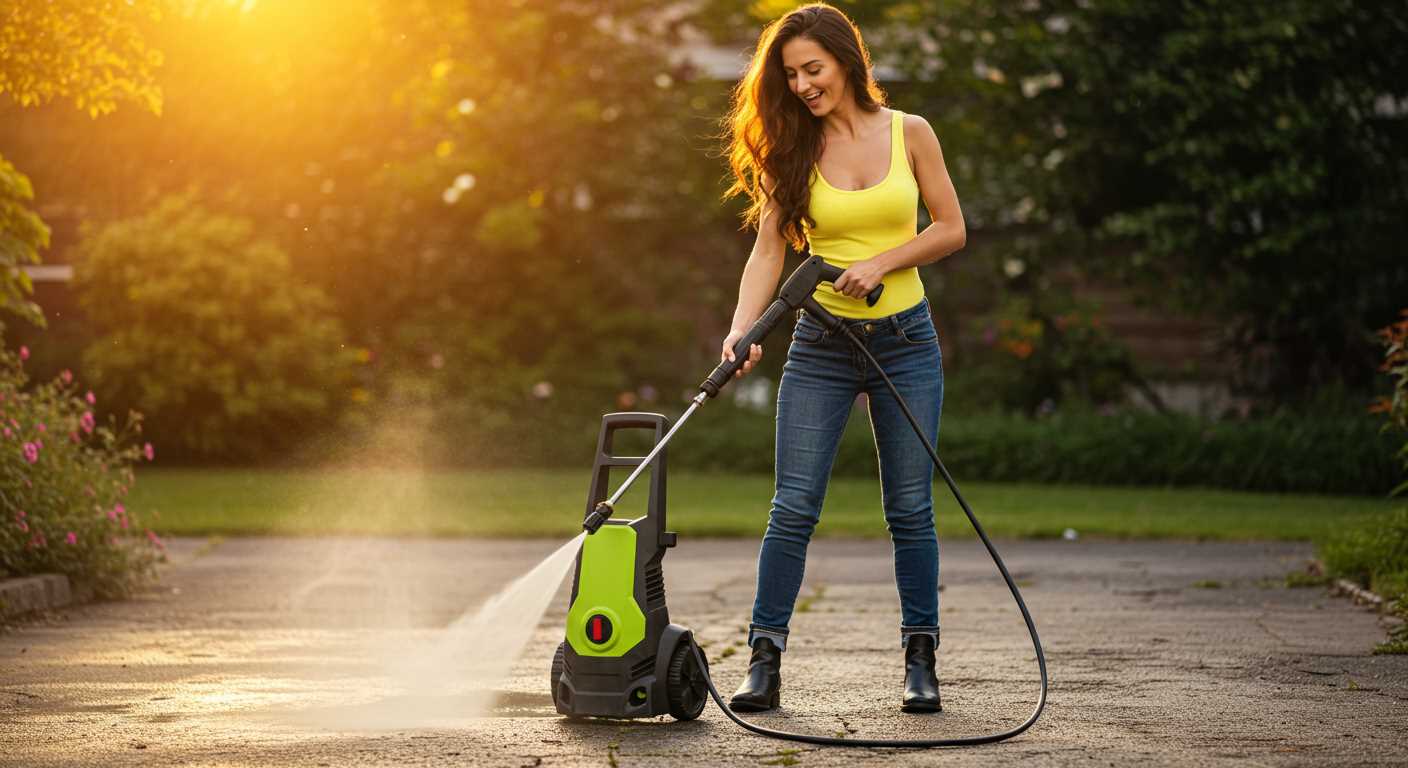
Metal surfaces, including steel and aluminium, generally respond well to these cleaning techniques. The abrasive action effectively removes contaminants while leaving the underlying material intact. If working with car parts or outdoor furniture made from metals, ensure all rust is properly eliminated for better maintenance.
Surfaces to Avoid
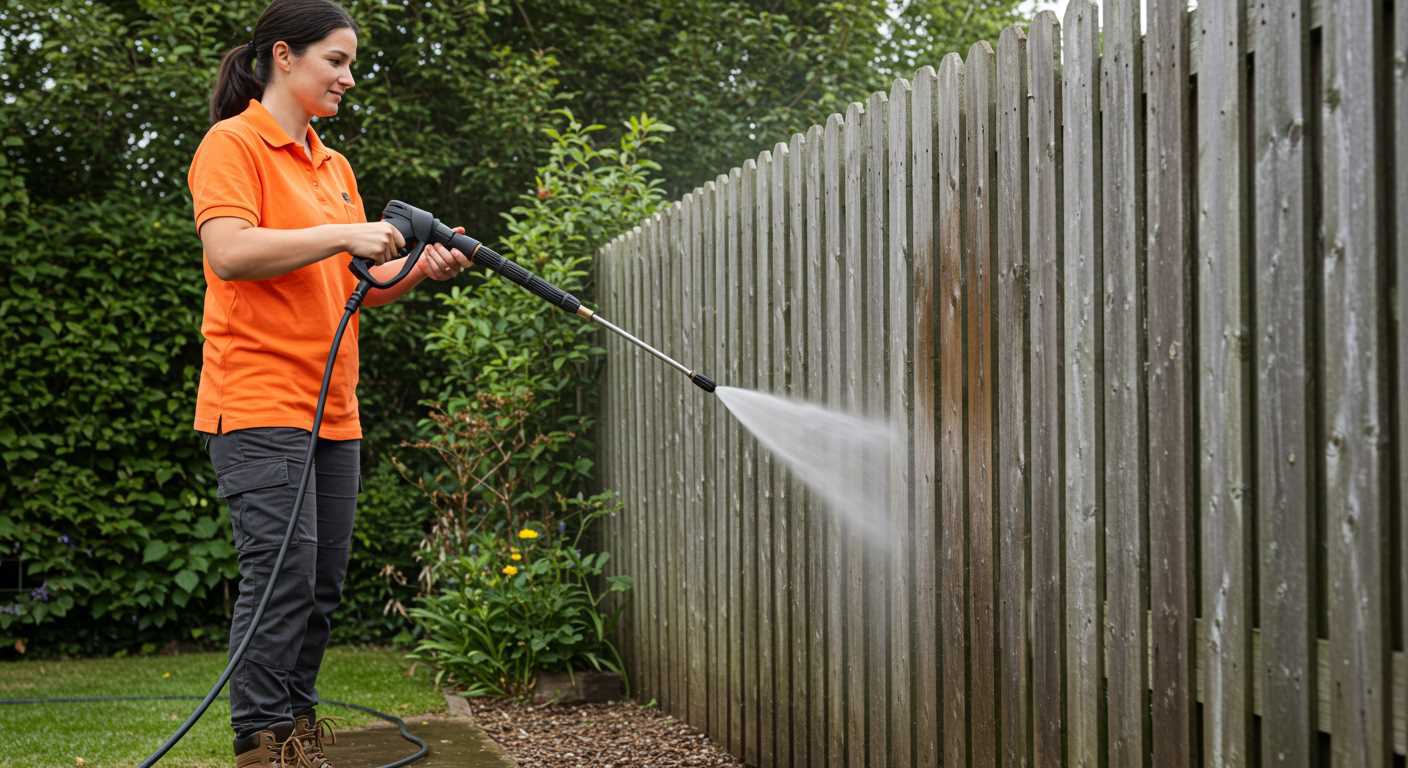
Materials such as glass and painted surfaces often require different care. Abrasive treatment on these can lead to scratches or peeling paint. For these delicate surfaces, consider alternative techniques that won’t compromise their integrity. Testing on a small, inconspicuous area can help assess compatibility without risking extensive damage.
In conclusion, understanding the material composition of surfaces is essential for achieving optimal results without unnecessary damage. When in doubt, consult manufacturer guidelines or seek professional advice to ensure the longevity and appearance of the treated surfaces remain intact.
Maintenance Tips for Extending the Life of Your Sand Blaster
Regularly inspect and clean all components to prevent clogging and wear. Ensure the nozzle is free of obstructions and is replaced when showing signs of damage. Use appropriate media for your tasks, as the wrong type can lead to excessive wear on parts.
Storage Practices

Store the equipment in a dry, cool place to avoid corrosion. If you need to store it for an extended period, empty any residual media and clean the interior with a dry cloth to prevent moisture build-up. Consider wrapping hoses and connections to protect them from kinks and wear.
Operating Procedures
Adhere strictly to manufacturer guidelines regarding pressure settings and media sizes. Avoid exceeding recommended limits during operations, as this can lead to premature failures. Regular lubrication of moving parts ensures smoother operation and reduces friction, extending overall life.



